Ratae Run History. Leicester – Ratae Corieltauvorum – has, for many years been known as a major Roman town, comprising the most important community in the East Midlands with both trading and commercial links.
Although little remains of the original town of 100 acres, it is probable that in the early years following the Roman Conquest in AD 43, a fort was established ( Ratae roughly translated means FORTRESS or DEFENSIVE SITE) though no trace of this has been found.
Remains of the main public buildings – the FORUM and BASILICA complex and the BATHS, on site at the Jewry Wall Museum, mark the main centre of the tribal area of Corieltauvi.
Roman towns were laid out to a set pattern, with four gates, from which two main roads crossed each other at right angles at the centre of the town. In the 2nd and 3rd centuries Ratae was provided with defences with four main gates, probably with several interval towers.
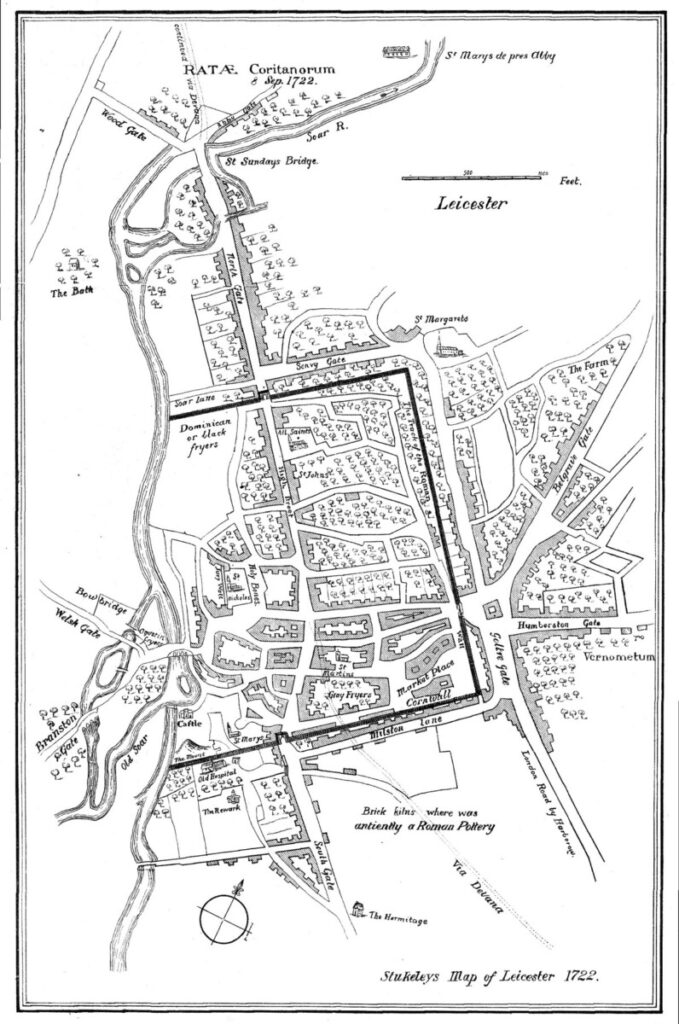
As we have little evidence of what happened after the 2nd and 3rd centuries the picture of Ratae is very incomplete but there are, at the Jewry Wall Museum, many examples of Roman relics and artifacts: the JEWRY WALL and the foundations in front of it are the remains of the PUBLIC BATHS which lay near the ROMAN FORUM and were built about AD 150; the CYPARISSUS MOSAIC found in 1675, near All Saints Church is one of the earliest recorded discoveries of a mosaic floor in Britain; the PEACOCK PAVEMENT, discovered in 1898 just across the road from the Jewry Wall Museum where the Holiday Inn Hotel now stands; painted plaster work and under floor heating seen at the Norfolk Street Villa, built just outside the town, West of the River Soar.
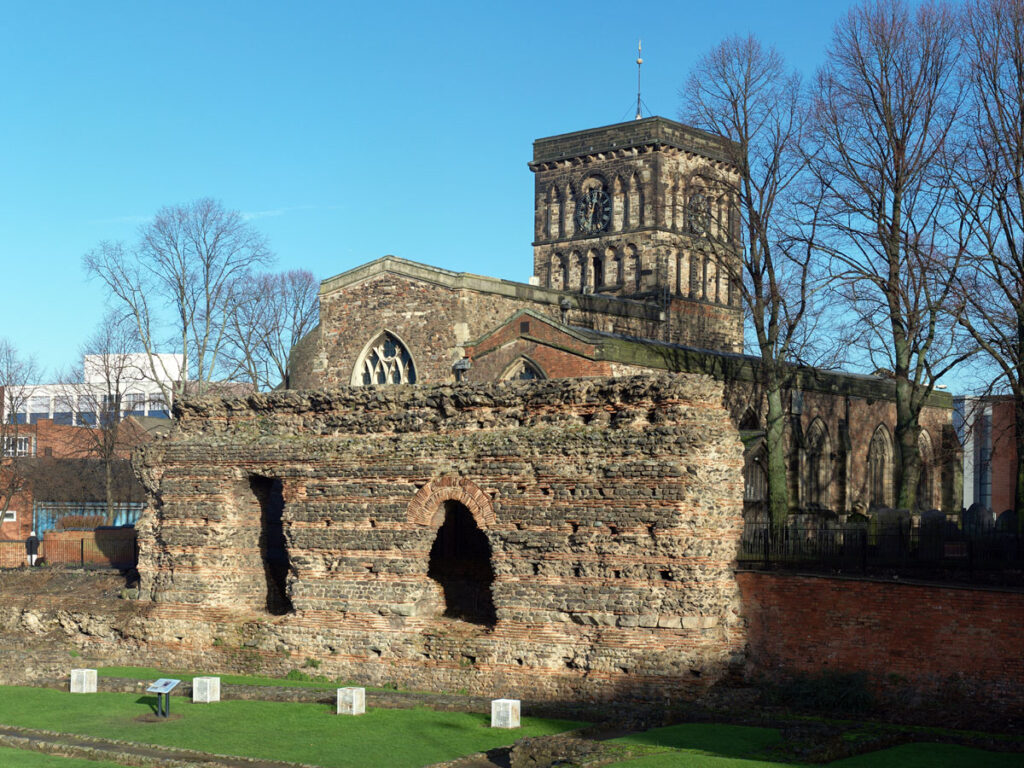
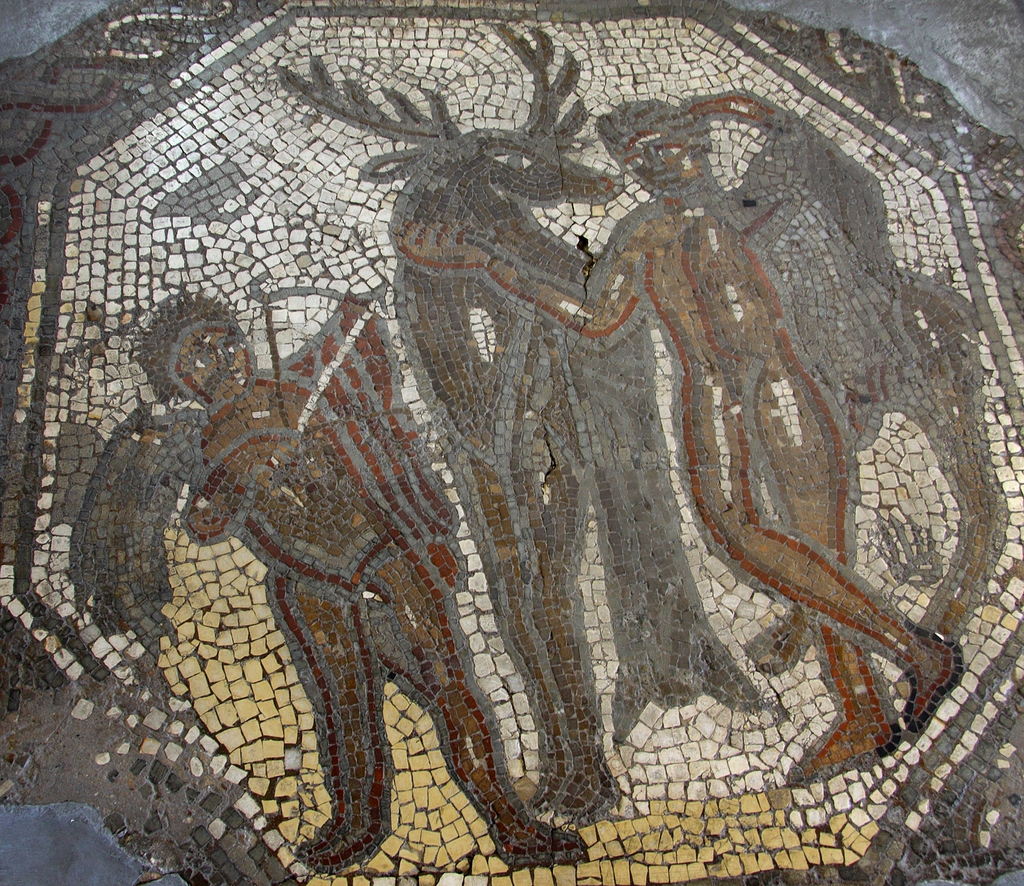
Everyone is aware of the fine roads of Roman Britain, which are still very much in existence. Until the motorways, these were indeed the basis of our modern system. Everywhere there are many minor roads and lanes; while wide marked roads stride across the landscape. The main routes were centred on London, radiating outwards to Lincoln, Chester, Gloucester, Exeter and Dover while the FOSSE WAY was a relic of a 1st century frontier.
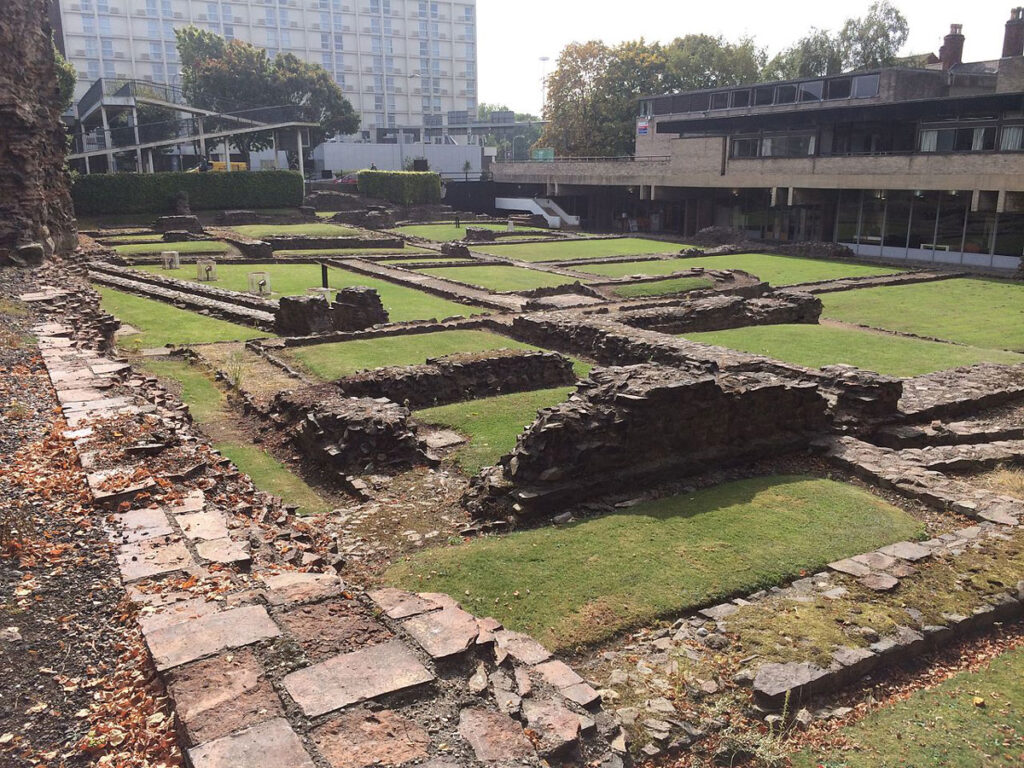
Leicester (Ratae) is bounded by two Roman roads, crossed by two minor and one other Roman route. They are the A5 (Watling Street), the A1 Great North Road (Ermine Street) and Salt Way now mainly Band C roads and the A46 (Fosse Way).
The Ratae Road Run traces some of the Roman roads that surround the beautiful county of Leicestershire. (Ratae Run History).
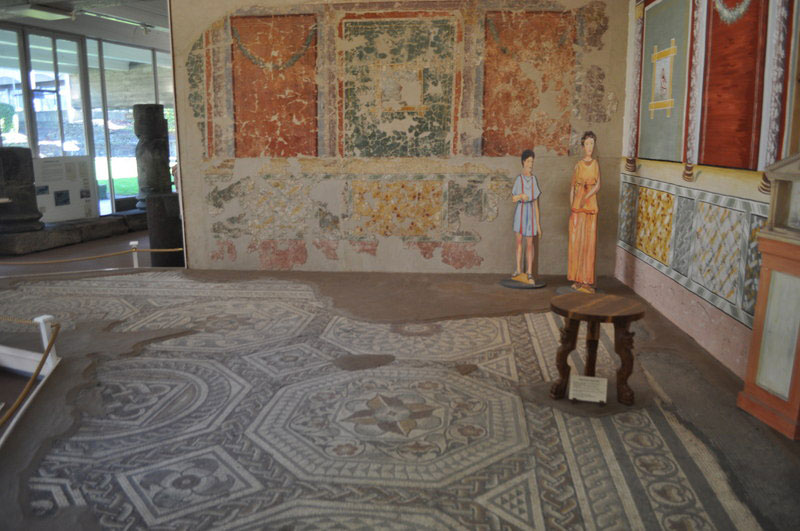
More information on Roman Leicester on Wikipedia.
Click to go to Ratae Run Events page.

Leave a Reply